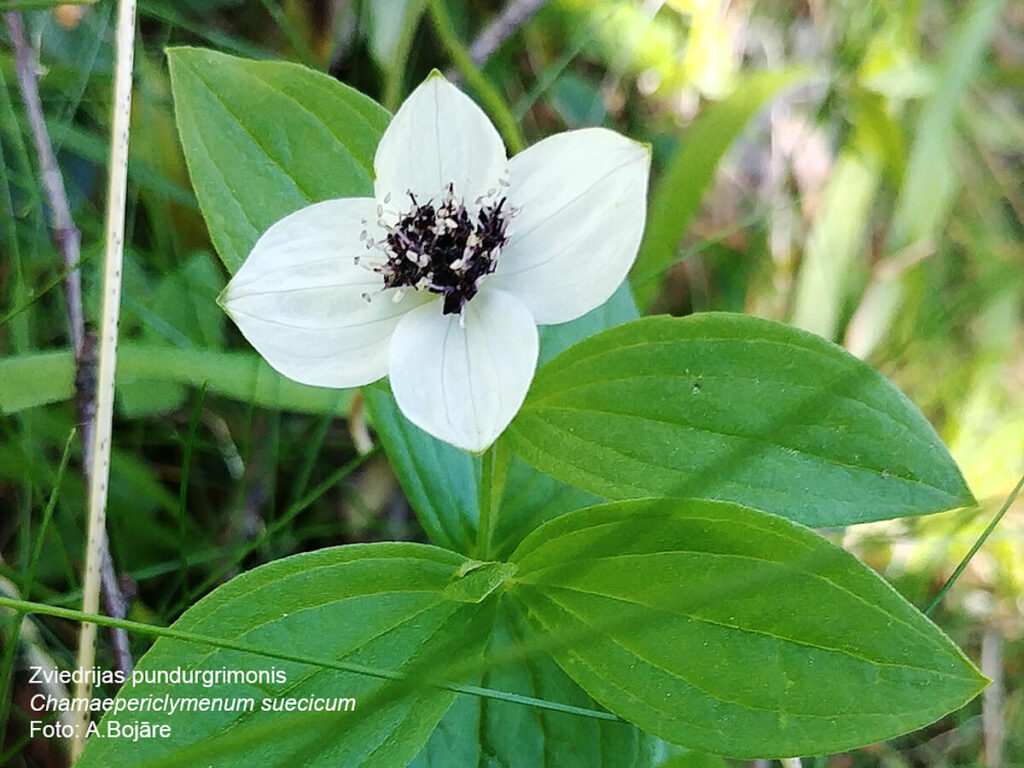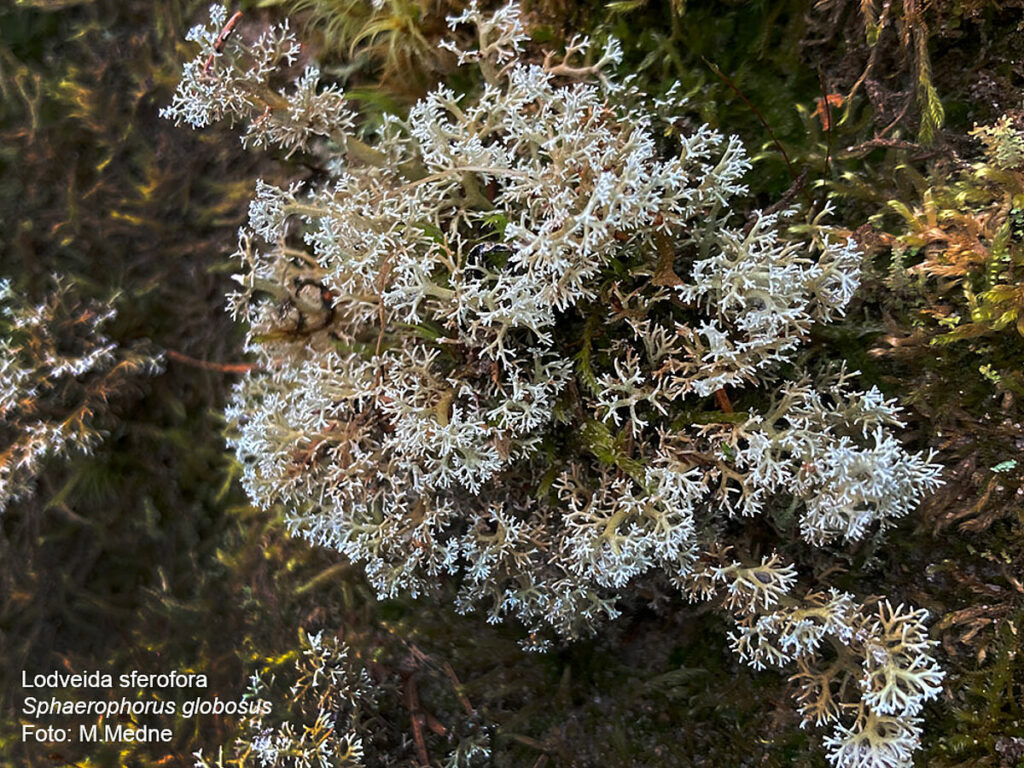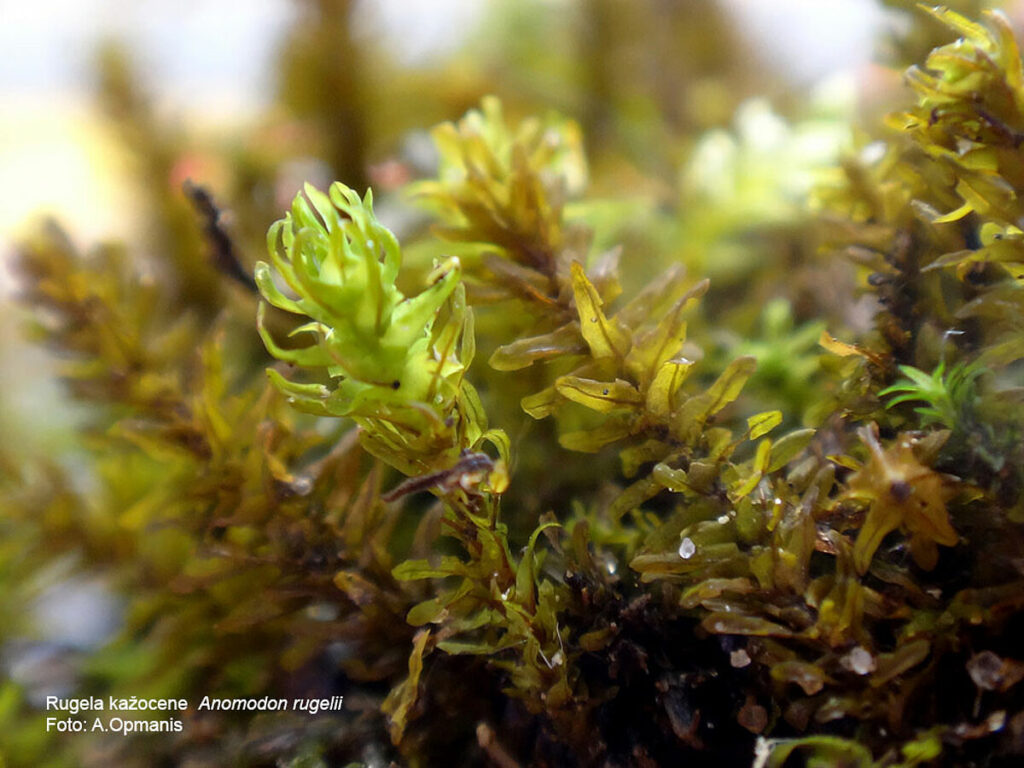The most interesting species finds in the field work season of 2021
Species experts from the LIFE FOR SPECIES project are working on species assessments, which also include field expeditions. The first field work season of the project has culminated in several interesting species finds.

The project's species experts are currently working to prepare species assessments, gathering information from a variety of data sources. There are species for which data is missing, so experts also doing the filed work to collect the missing data or update the information.
During the summer season of 2021, experts from the University of Latvia and Daugavpils University managed to observe several species that have not been seen or even found for the first time in Latvia for a long time!

Dwarf Cornels are still blooming in Latvia
On a hot summer's day, a team of project botanists from Daugavpils University went to search for the only Latvian place for the Swedish dwarf Cornel (Chamaepericlymenum suecicum), a small plant with a distinctive white flower. In Latvia, this species was known only in one place near Melnsila, but since 1991, when it was first found, there was no information about the status of the species. Although information on the location of the species was approximate and only available from herbarium data, the search was successful - botanists managed to find a vital dwarf Cornels’ population in the area of ~ 200 m2, where at least 300 plants were found, and half of them were blooming.

Moss finally found after 20 years
In the season of 2021, a moss expert from the University of Latvia discovered for the first time in Latvia a new moss species - Rugel's Anomodon Moss Anomodon rugelii, which was located in a small river that periodically dries out on the border of Ogre and Madona counties. Moss grows on granite stones and tree trunks. It is distinguished from other mosses f genus Anomodon by its brown leaf veins. In Europe, Rugel’s Anomodon Moss is a mountain species, it is known in a few places in our neighboring countries: in the south of Finland and Sweden, in Estonia, in the Leningrad region of Russia, as well as in Poland and Germany.
The "resurrection" of the extinct lichen species
150 years ago, a naturalist Brutan found the only known location for lichen species Sphaerophorus globosus in Slitere. Researchers in Latvia considered this species to be regionally extinct - the nearest are known from the Estonian islands and Scandinavia. The lichen grows on tree trunks, also on soil and rocks. Elsewhere in the world, the spread of Sphaerophorus globosus is linked to mountainous regions. In the autumn of 2021, during a visit to Līgatne, researchers from Daugavpils University found Sphaerophorus globosus on one of the sandstone rocks and counted as many as 45 individuals. So, the lichen - Sphaerophorus globosus is not extinct from Latvia! Lichen requires high humidity, which is ensured by the river next to the outcrop in the deposit. So far, Sphaerophorus globosus has gone unnoticed, apparently because it resembles the very common lichens of genus Cladina. The Sphaerophorus globosus has a leaf with a central lobe, while the branches have rounded, spherical growths.
In the LIFE FOR SPECIES project, fieldwork will continue in the 2022 season. We wish a lot of new and significant discoveries to the team of project species experts!

The Project “Threatened species in Latvia: improved knowledge, capacity, data and awareness” LIFE19 GIE/LV/000857 LIFE FOR SPECIES is implemented with the financial support of the LIFE Programme of the European Union and Latvian State Regional Development Agency. This publication reflects only authors’ view. Neither CINEA (European Climate, Infrastructure and Environment Executive Agency) nor European Commission are responsible of any use that may be made, or the information contained therein.
